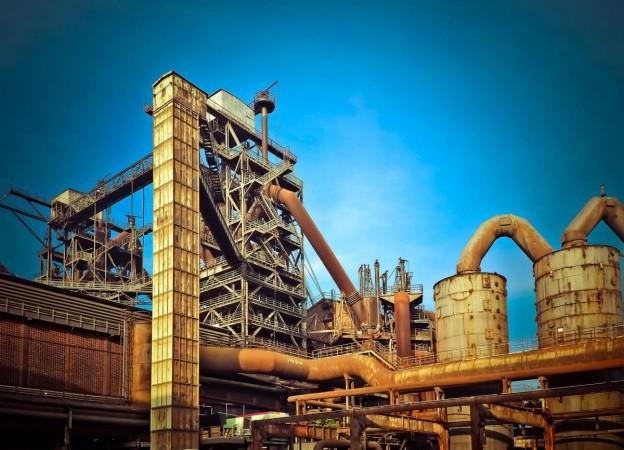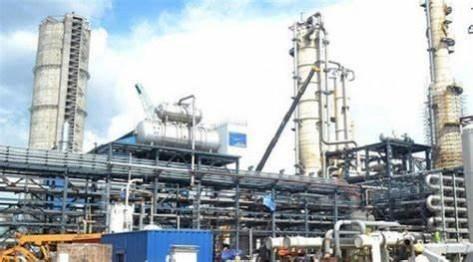
India's urea industry, a significant contributor to the country's chemical fertilizer demand, is on the brink of a significant shift. The industry, which currently relies on imports for 30% of its needs, is expected to reduce this dependency to 10-15% in the near-to-medium term. This change is primarily driven by the commencement and stabilization of new capacities, marking a robust stride towards self-sufficiency.
The government's New Investment Policy 2012 (NIP 2012) has been instrumental in this transition. Over the past five fiscal years, six plants with a combined capacity of 7.62 million tonnes, accounting for 25% of domestic capacity, have been gradually commissioned. These new plants are expected to operate at full capacity this fiscal year, up from 85-90% in the previous fiscal year.
The urea industry's heavy reliance on government subsidies, which typically make up 80-85% of sales, is another crucial aspect of this sector. Nitin Bansal, Associate Director, Crisil Ratings, stated that the budgetary allocation of Rs 1.19 lakh crore for urea will be adequate, and hence no major build-up of subsidy receivables is expected this fiscal.

The industry's shift towards self-sufficiency is further supported by the government's focus on boosting domestic production. The likely commissioning of another plant by the next fiscal year will further enhance domestic production, leading to steady regulated returns as utilization improves.
In addition to the urea industry, other sectors in India's energy sphere are also undergoing significant changes. The Ministry of Coal's year-end review for 2023 highlighted significant growth in India's coal sector, with production likely to cross one billion tonnes in 2023-2024. This growth aligns with the vision of Atmanirbhar Bharat and contributes considerably to the nation's progress towards self-sufficiency and energy security.
However, the renewable energy sector faces challenges. Solar installations in India plunged 52% to 1,599 MW during the second quarter of 2018, mainly due to uncertainties around trade cases and module price fluctuations. Despite these challenges, the Indian government is making strides in this sector, proposing the construction of the Lower Arun Hydropower Project in Nepal with a capacity of 400 MW.








